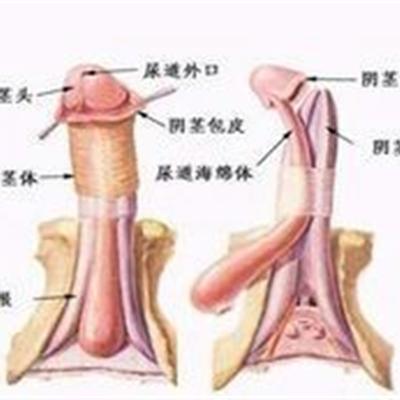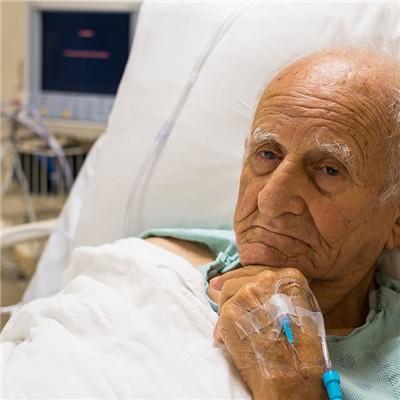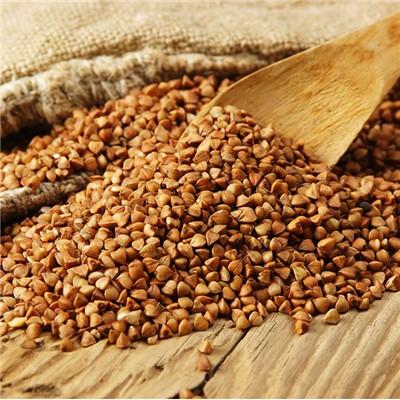Symptoms of Kashin Beck disease
summary
Kaschin Beck disease is Kashin Beck disease, which is a kind of endemic cartilage and osteoarticular malformation. It is a kind of degenerative osteoarthritis with cartilage necrosis. It mainly invades the bone and joint system of children and adolescents, leading to the disorder of endochondral osteogenesis, shortening of tubular bone and secondary deformable arthropathy. Symptoms of Kashin Beck disease? Let's talk about it
Symptoms of Kashin Beck disease
If the disease occurs in adolescence, due to the early ossification of the epiphyseal plate, the development of the disease is impaired, which is characterized by dwarfism. Ankle joint was the earliest, followed by finger joint, knee, elbow, wrist, toe joint and hip. Because of the different fusion speed of epiphyseal plate, the deformities of genu varus, genu valgus or coxa varus often appear in the two lower limbs. The fingers are short and thick, and the feet are flat. The younger the age, the more severe the deformity.
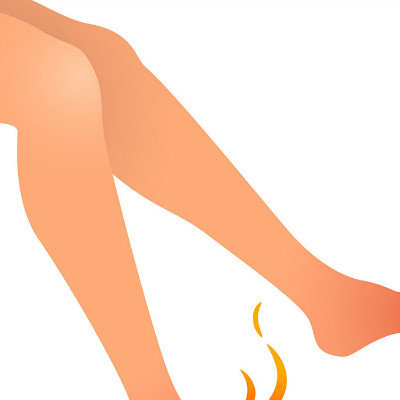
If in the late adolescence, the deformity is not obvious. The main symptoms are osteoarthritis, joint swelling, a small amount of effusion, friction during activity, and sometimes interlocking symptoms, sometimes free body in the joint can be detected. Because of the swelling and pain of ankle and knee, it is very inconvenient to walk.
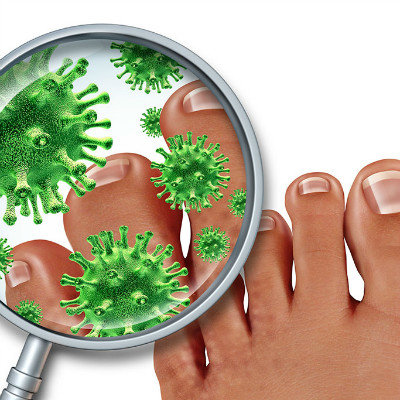
X-ray findings are very similar to osteoarthritis, with ankle joint lesions the most serious. In the early stage, the joint space was widened, severely irregular, and there were free bodies in the joint. Then the cortical bone density of the articular surface increased and the space tended to narrow. There are obvious labia at the edge of the joint. There are often subchondral cystic changes. The talus is often compressed, with dense bone and flat shape, just like ischemic necrosis. After that, labial bone, increased bone mineral density and subchondral cyst formation can occur in both talocavicular joint and subtalar joint. The patellofemoral joint of the knee joint can also be uneven, with a lot of bone lips on the edge, thick joint end and free body in the joint. After a long time, the joint collapses. There are similar changes in the hip joint. The femoral head is necrotic and may have coxa vara deformity. In fingers, the joint end is thick, the joint surface is uneven, the joint space is narrow, the bone density is increased, and the phalanx is short.
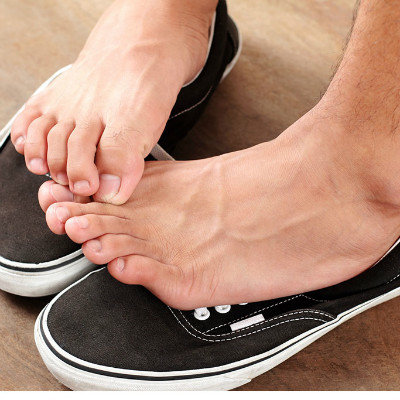
matters needing attention
Strengthening the storage and treatment of grain in epidemic areas, or transporting grain from other areas, can significantly reduce the disease. Pay attention to proper rest, do not overwork, master the combination of dynamic and static, good rest is conducive to the recovery of the body; Exercise can enhance physical strength, enhance disease resistance, the combination of the two can better recovery.




